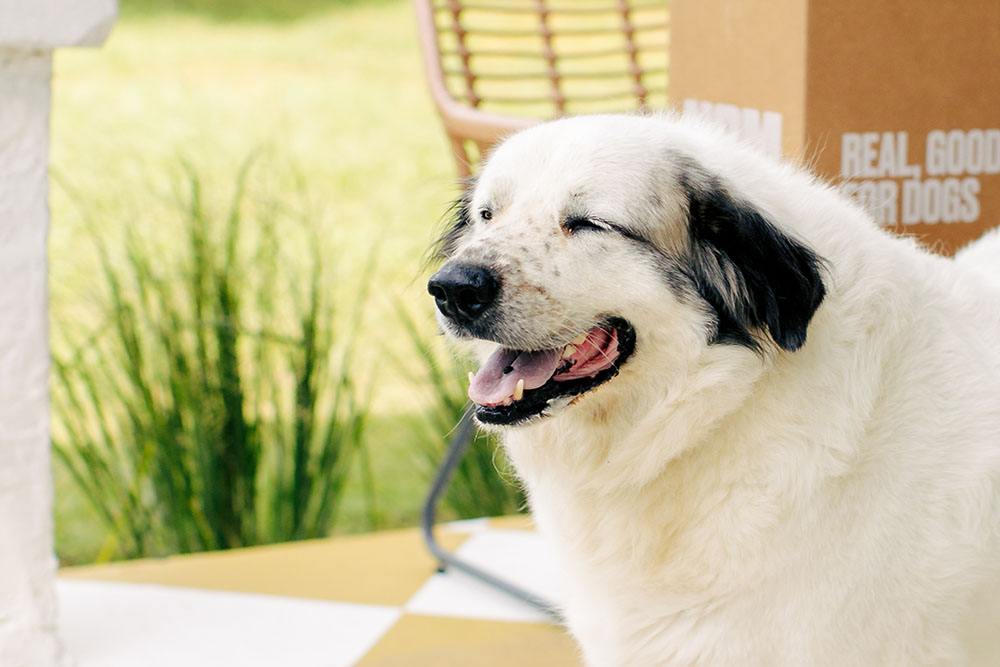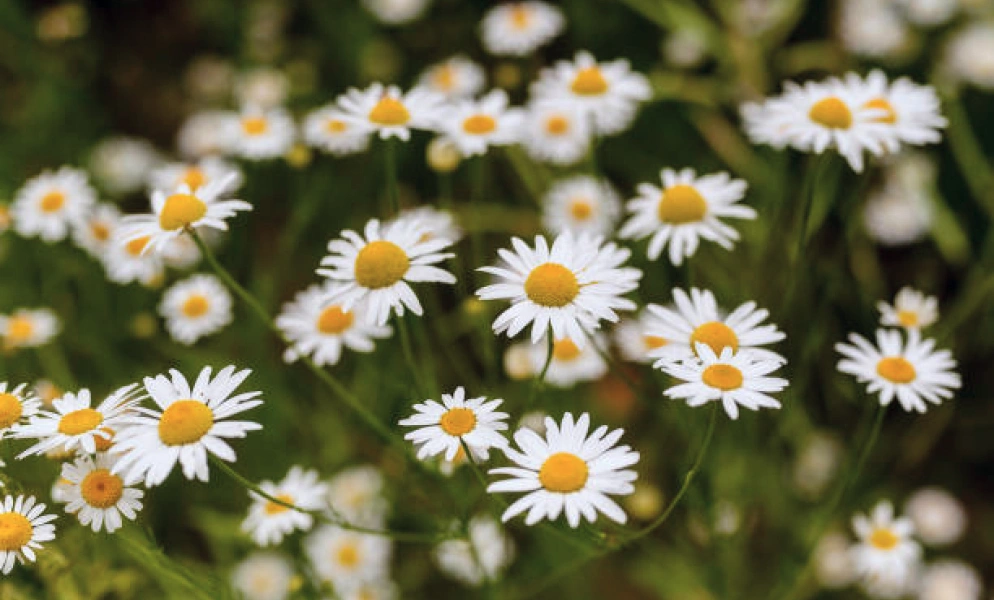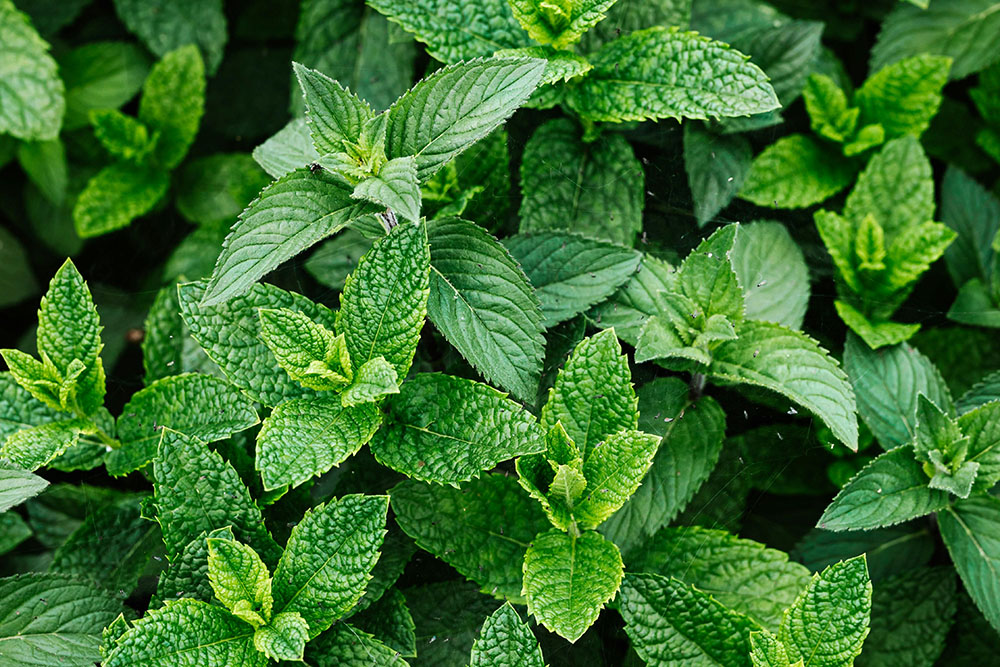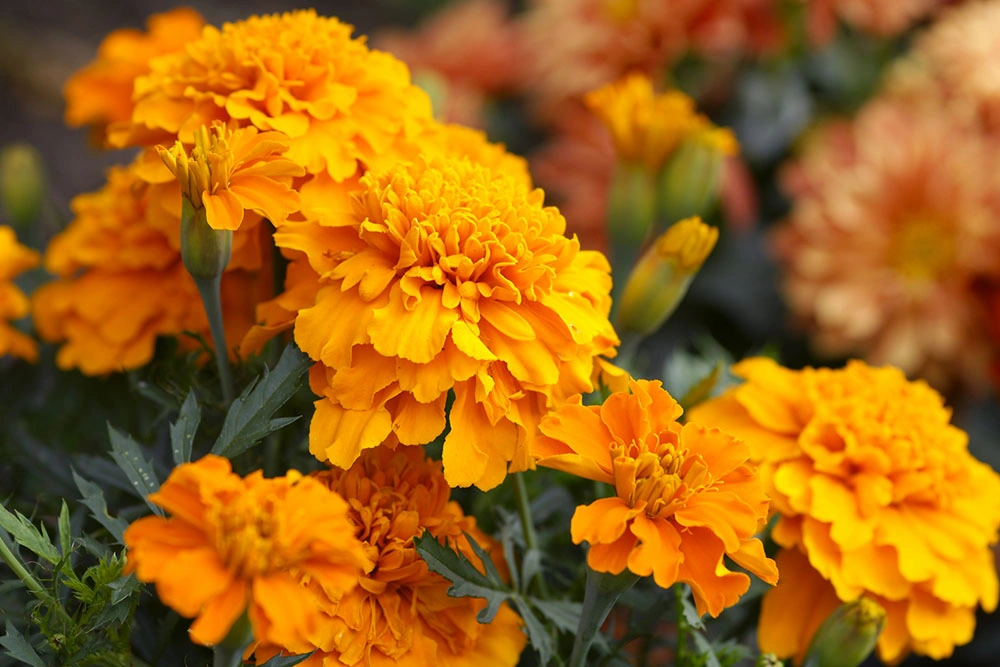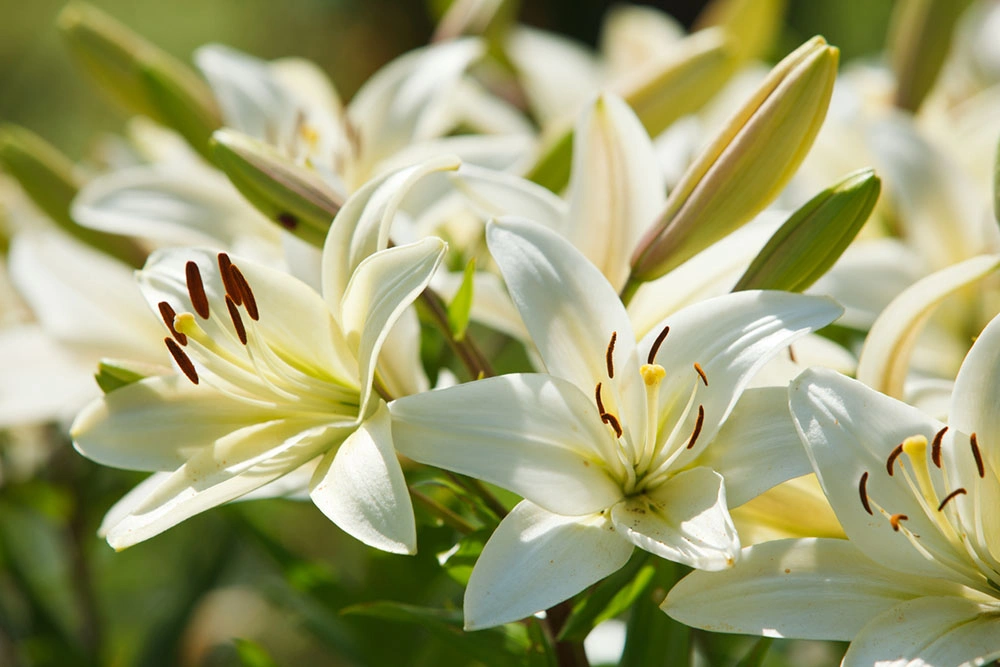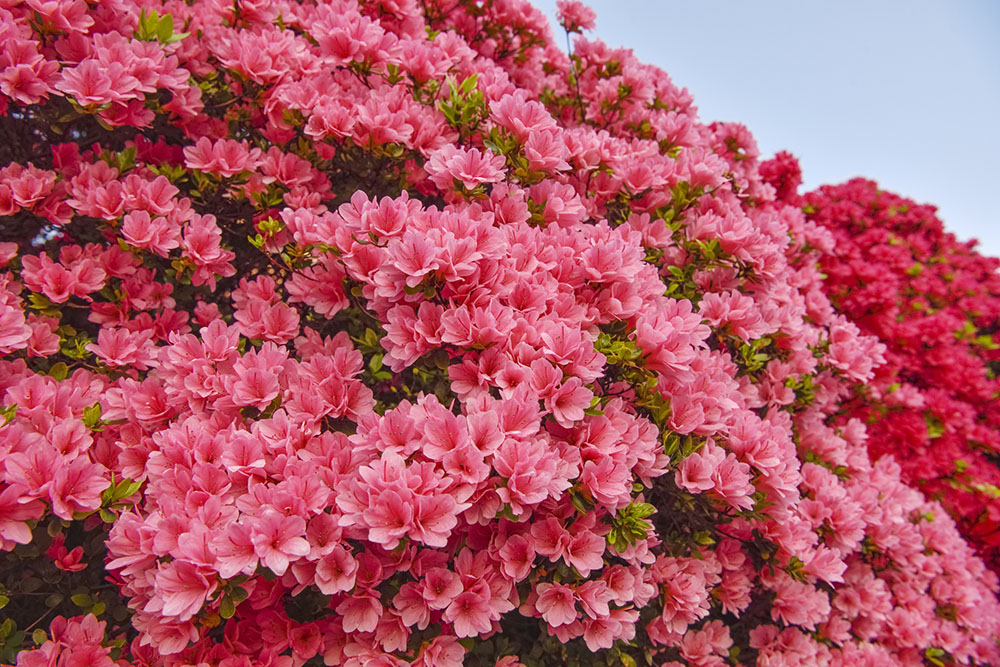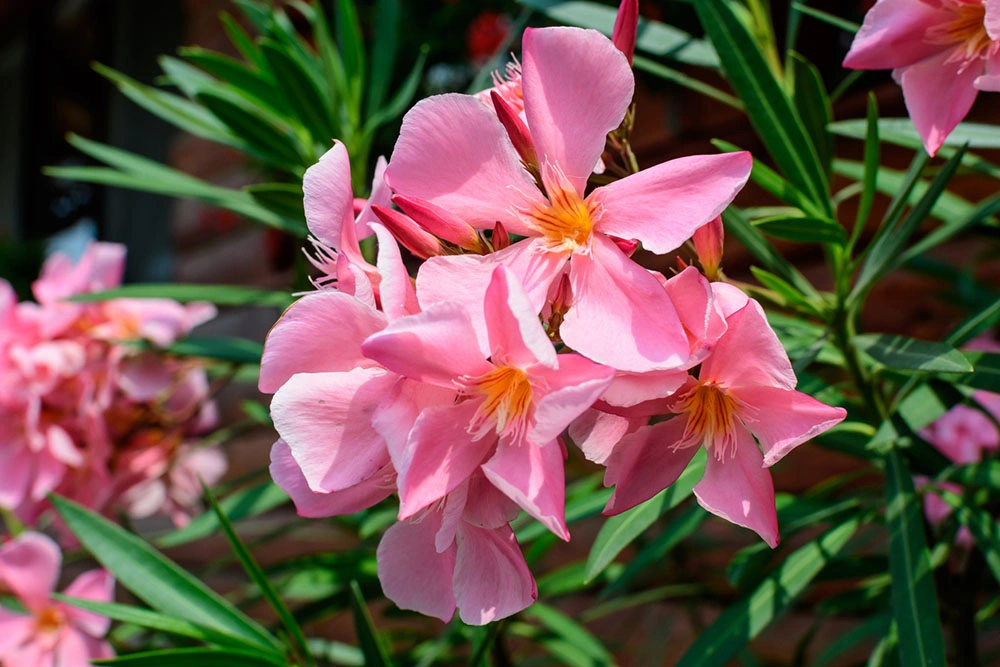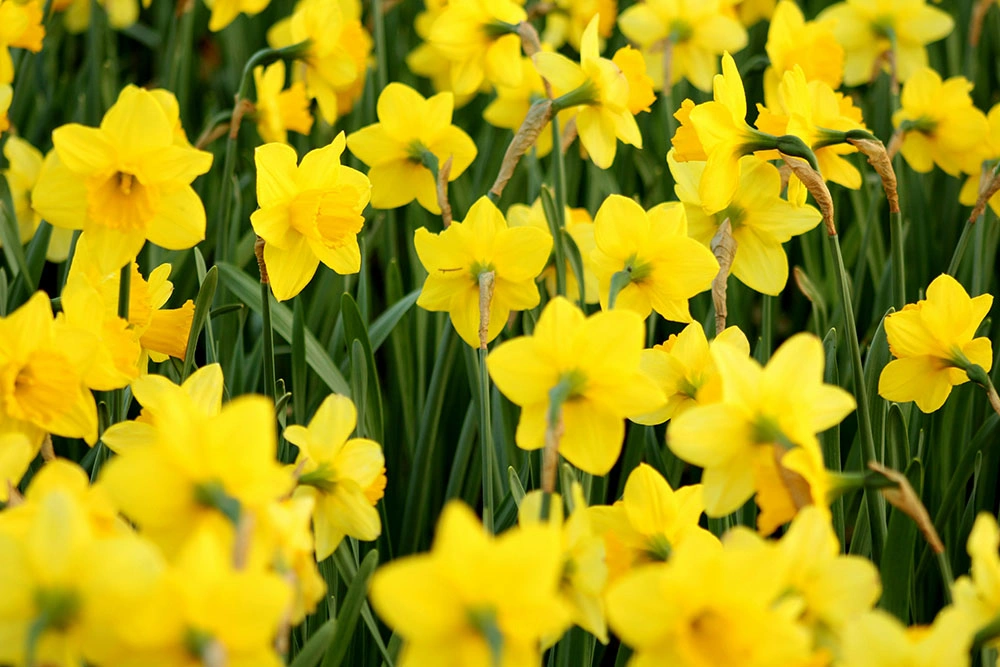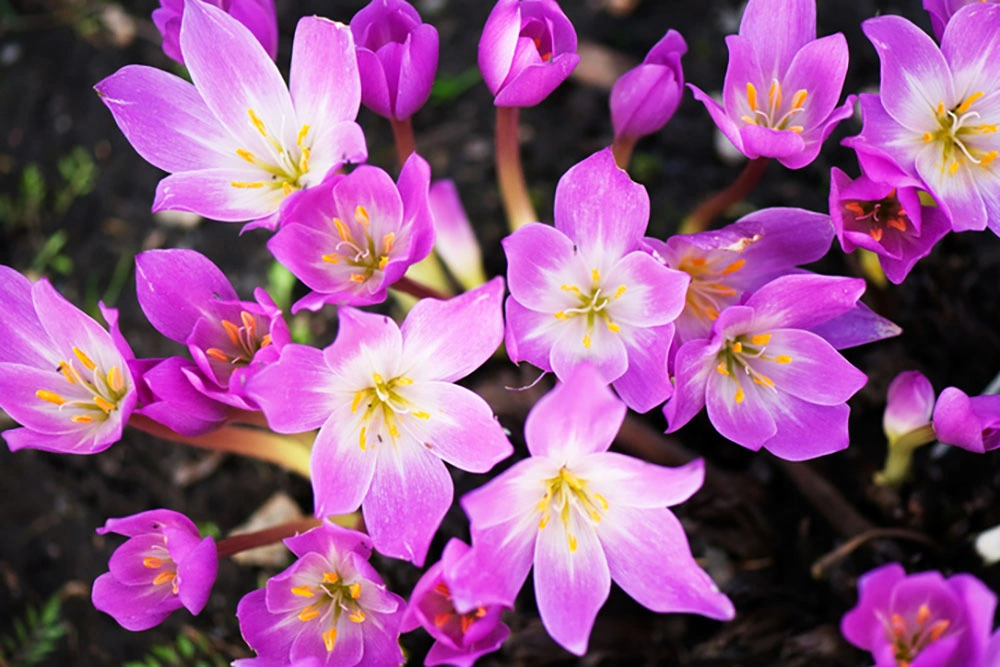Nom Nom Blog
How to Dog-Proof Your Garden: The Best Pet-Friendly Plants
When you're a dog parent, there's nothing better than having a bit of green space for letting your buddy run, play, sniff, explore, and do an expeditious in-and-out pee when it's raining. And whether they're sight-hounds, scent-hounds or something in between, time outdoors provides physical and mental enrichment, which is crucial for your dog's health, happiness, and overall well-being.
And whether we're talking about a tiny square of grass or a lush expanse of acreage (you lucky pup, you), it's hard to resist the allure of landscaping. A potted plant here, a row of hedges there, a riot of color to turn your backyard into a veritable oasis. Yet when you have a kid, furred or otherwise, you know all too well that safety comes first. Here's a handy list of pet-friendly blooms to choose (and a handful to avoid), so all you need to worry about is your pup wreaking havoc with your plants...and not the other way round.
6 Plants That'll Stimulate Your Pup
Whether you pick pet grass, which nurtures their natural inclination to graze, or oregano, which supports their immune system in order to add pep to their step, these blooms will allow your dog to safely expand their territory.
LAVENDER
The calming scent of lavender can help reduce anxiety and stress in dogs, making it an excellent addition to your garden, especially if your pup is prone to nervousness. Additionally, lavender has natural insect-repelling properties, helping to keep pesky pests like fleas and mosquitoes at bay.
CHAMOMILE
Planting chamomile in your garden provides a natural remedy for dogs experiencing digestive issues, anxiety, or skin irritations. You can harvest the flowers to make a soothing chamomile tea that can be added to your dog's water or sprayed onto their skin for relief from itching and inflammation.
PEPPERMINT
In addition to its pleasant scent and flavor, peppermint has digestive and breath-freshening properties for dogs. Planting peppermint in your garden provides a natural source of fresh leaves that can be added to your dog's food or water to aid in digestion and promote fresh breath. However, it's essential to offer peppermint in moderation, as excessive consumption can cause digestive upset in some dogs.
OREGANO
Rich in antioxidants and antimicrobial properties, oregano can help support your dog's immune system and aid in fighting off infections. Planting oregano in your garden provides a readily available source of this beneficial herb that can be sprinkled over your dog's food or brewed into a tea to promote overall health and well-being.
CALENDULA
Calendula, also known as marigold, has natural anti-inflammatory, antifungal, and antiseptic properties, making it an excellent addition to your garden for soothing skin irritations, minor cuts, and insect bites. You can harvest the petals to create a homemade calendula salve or infusion that can be applied topically to your dog's skin to promote healing and relieve discomfort.
PET GRASS
Pet grass, such as barley grass or wheatgrass, is specifically grown for the consumption of pets and offers several health benefits for dogs. Rich in essential nutrients like vitamins, minerals, and chlorophyll, pet grass aids in digestion, helps eliminate toxins from the body, and provides a natural outlet for your dog's instinctual urge to graze. Planting pet grass in your garden gives your dog a safe and nutritious alternative to outdoor plants that may be harmful if ingested.
6 Blooms to Zoom Away From
They may look pretty, but nothing is worth an unexpected vet visit. Especially on a holiday or Sunday. Because stuff always seems to go down on a holiday or Sunday.
LILIES
Lilies are prized for their elegant appearance and fragrant blooms, but they are highly toxic to dogs, particularly cats. All parts of the lily plant, including the flowers, leaves, stems, and even pollen, contain toxins that can cause kidney failure in dogs if ingested. Even small ingestions can be fatal, so it's best to avoid planting lilies in your garden if you have dogs.
AZALEAS & RHODODENDRONS
Azaleas and rhododendrons are popular ornamental shrubs prized for their colorful flowers and evergreen foliage. However, they contain toxins called grayanotoxins, which can cause vomiting, diarrhea, drooling, weakness, and even coma or death in dogs if ingested in large enough quantities. To keep your dogs safe, avoid planting azaleas and rhododendrons in your garden, and opt for dog-friendly alternatives instead.
SAGO PALM
The sago palm is a popular landscaping plant known for its attractive appearance and low maintenance requirements. However, all parts of the sago palm, including the leaves, seeds, and roots, contain toxins called cycasin, which can cause severe liver damage and neurological symptoms in dogs if ingested. Ingestion of even small amounts can be fatal, so it's essential to keep sago palms out of reach of dogs or avoid planting them altogether.
OLEANDER
Oleander is a beautiful flowering shrub commonly found in gardens and landscapes, but it's also one of the most toxic plants for dogs. All parts of the oleander plant, including the leaves, flowers, and sap, contain cardiac glycosides, which can cause symptoms such as vomiting, diarrhea, drooling, tremors, seizures, and even death in dogs if ingested. Avoid planting oleander in your garden, and be cautious if it grows in your area and your dog has access to it.
DAFFODILS
Daffodils are cheerful spring-blooming flowers prized for their vibrant colors and trumpet-shaped blooms. However, all parts of the daffodil plant, especially the bulbs, contain toxins called alkaloids, which can cause symptoms such as vomiting, diarrhea, abdominal pain, tremors, and convulsions in dogs if ingested. Keep daffodils out of reach of dogs, and consider planting them in areas where your dog cannot access them.
AUTUMN CROCUS
Autumn crocus, also known as meadow saffron, is a perennial flowering plant that blooms in the fall. However, it's highly toxic to dogs, cats, and humans alike. All parts of the autumn crocus plant contain toxins called colchicine, which can cause symptoms such as vomiting, diarrhea, abdominal pain, respiratory distress, organ failure, and death in dogs if ingested. Avoid planting autumn crocus in your garden, and remove any existing plants if you have dogs.
Additional tips for creating an outdoor safe haven
Dog-friendly plants aren't the only consideration when creating a backyard play-space. Add the following to your to-do list, and your oasis will be the envy of every pup parent on the block.
Secure Fencing
A sturdy fence is crucial for keeping your dog safe within the confines of your garden. Check for any gaps or weaknesses in the fence that your dog could exploit to escape. Ensure that the fence is high enough to prevent your dog from jumping over it, especially if you have a breed known for its agility. Regularly inspect and maintain the fence to address any wear and tear promptly.
Install Gates and Barriers
Gates provide an additional layer of security, especially if your garden has multiple entry points. Install self-closing gates with secure latches to prevent your dog from accidentally wandering out. Consider adding barriers or low gates to separate areas of the garden that may be off-limits to your dog, such as vegetable patches or flower beds.
Create Safe Zones
Designate specific areas within your garden where your dog can play and explore freely. Install pet-friendly features such as a sandbox for digging or a shallow water feature for cooling off on hot days. Make sure these areas are free from potentially hazardous substances like pesticides, fertilizers, or sharp objects.
Remove Hazards
Speaking of which, regularly inspect your garden for any potential hazards that could harm your dog. Remove sharp objects, such as garden tools or broken branches, that could cause injuries. Keep toxic substances like chemicals and insecticides out of reach or securely stored in locked cabinets. Cover or fill any holes or gaps in the ground to prevent your dog from tripping or getting stuck.
Provide Shade and Water
Just like people, dogs need protection from the sun and access to fresh water, especially during hot weather. Place shade structures, such as umbrellas or awnings, in areas where your dog likes to relax. Keep multiple water bowls filled with clean water throughout the yard to ensure your dog stays hydrated while exploring outdoors.
Supervise and Train
Even with the best precautions in place, supervision is key to ensuring your dog's safety in the backyard. Spend time outdoors with your dog, teaching them boundaries and redirecting any unwanted behavior. Consistent training and positive reinforcement will help your dog understand which areas are off-limits and which behaviors are acceptable.
If one of life's greatest joys is loving a dog, a secondary pleasure is having a place for them to romp, roll, and indulge their zoomies (and again, never underestimate the benefit of the in-and-out pee). All it takes is a bit of a safety-first mentality —that's parenthood for you — to create the magical and endlessly enriching outdoor utopia you've both dreamed of.
To learn more about dog-friendly houseplants, read our article here!


